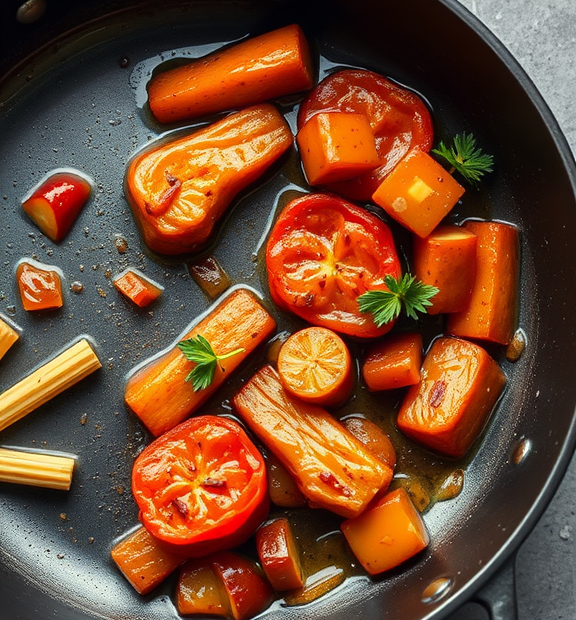Choosing the right cooking pan material is essential for achieving optimal cooking results. Different materials offer unique benefits, which can influence your cooking experience. Here, we delve into the most popular pan materials and highlight their advantages.
Stainless Steel
Stainless steel pans are renowned for their durability and resistance to rust and staining. They provide even heat distribution, making them ideal for browning and deglazing. Stainless steel is also non-reactive, which means you can cook acidic foods without worrying about metallic flavors.
Cast Iron
Cast iron pans boast excellent heat retention and even cooking temperatures. They are perfect for slow-cooking and frying, allowing flavors to meld beautifully. With proper seasoning, cast iron becomes naturally non-stick and can last a lifetime. However, they require more maintenance, including regular seasoning and careful cleaning.
Non-Stick
Non-stick pans are famed for their convenience, allowing for easy food release and minimal oil usage. They are especially popular for cooking eggs, pancakes, and delicate fish. However, they can be less durable than other materials and require gentle handling to preserve their coating.
Copper
Copper pans are favored by professional chefs for their unparalleled heat conductivity. They provide precise temperature control, which is crucial for delicate sauces and confections. However, copper requires regular polishing to maintain its appearance and may react with acidic foods unless coated.
Carbon Steel
Similar to cast iron, carbon steel pans develop a natural non-stick surface over time. They heat quickly and respond to temperature changes, making them versatile for various cooking methods. Carbon steel is lighter than cast iron but requires seasoning and care to prevent rust.
When considering what is the best cooking pan material, think about your cooking style, maintenance preferences, and types of dishes you prepare. Each material has its place in the kitchen, making the choice ultimately personal.
